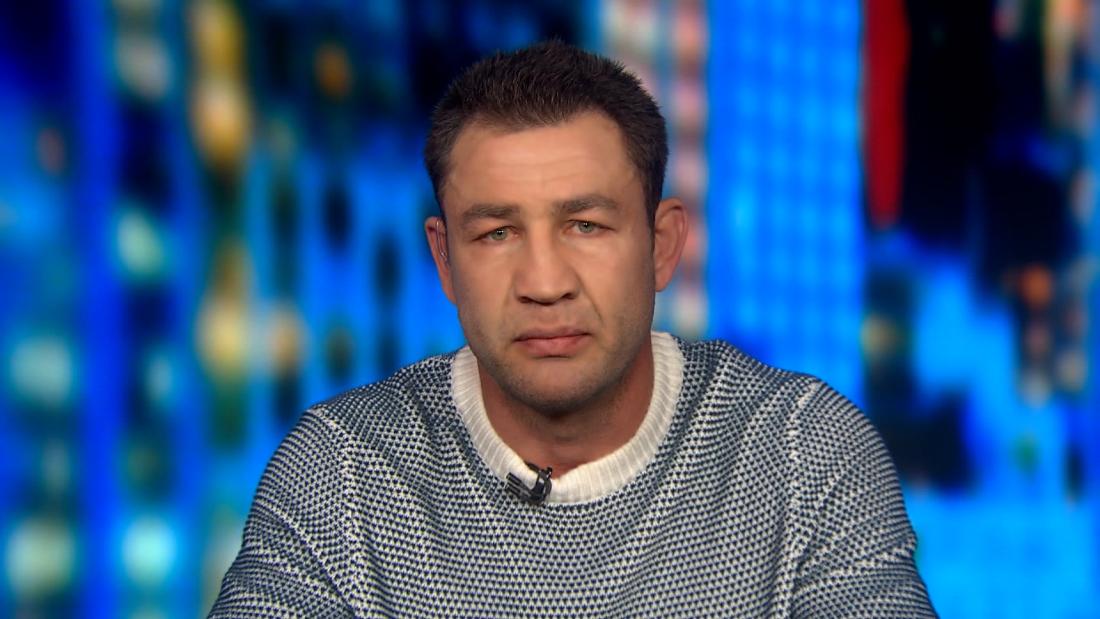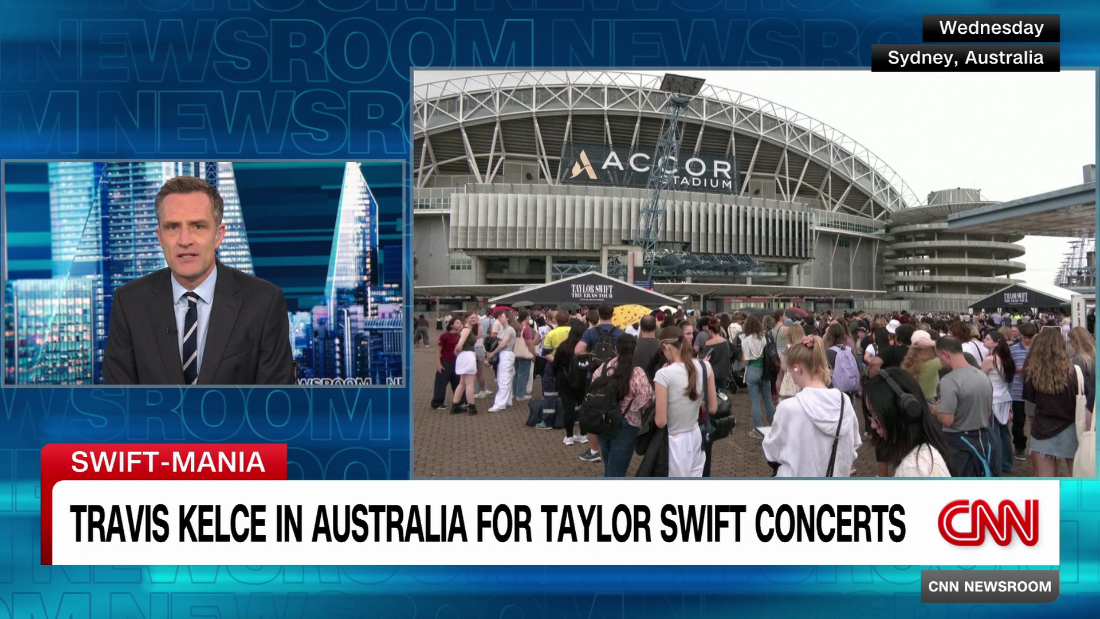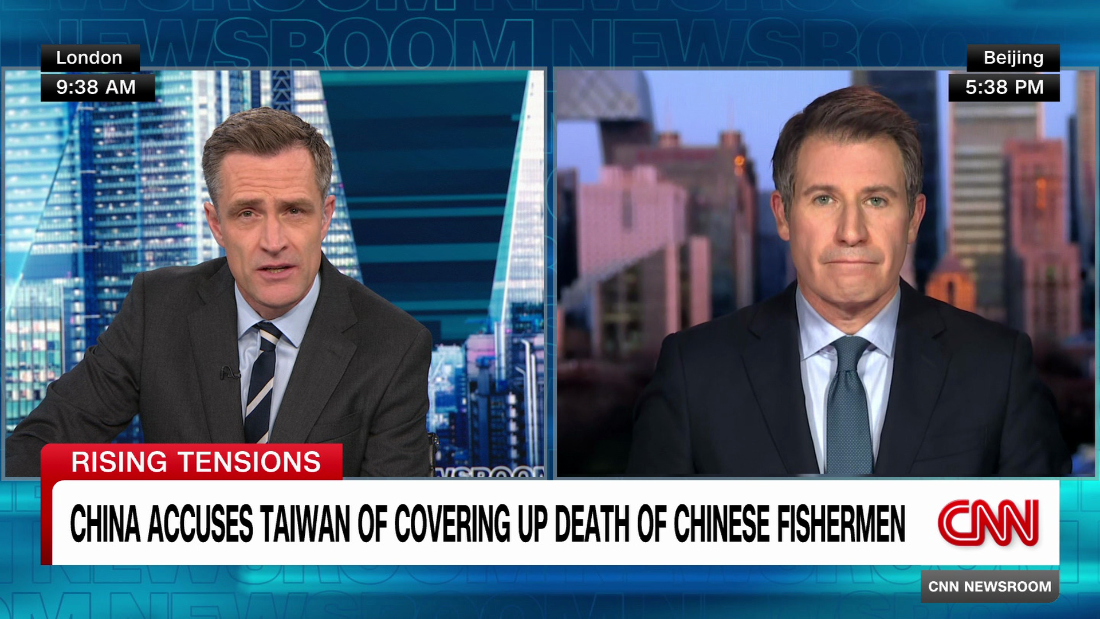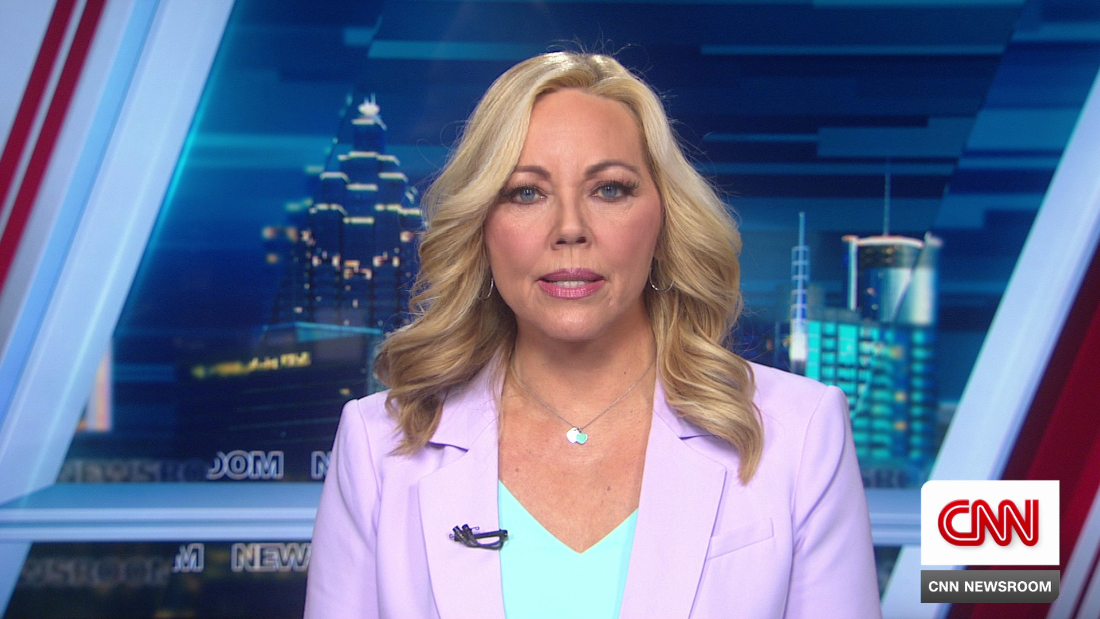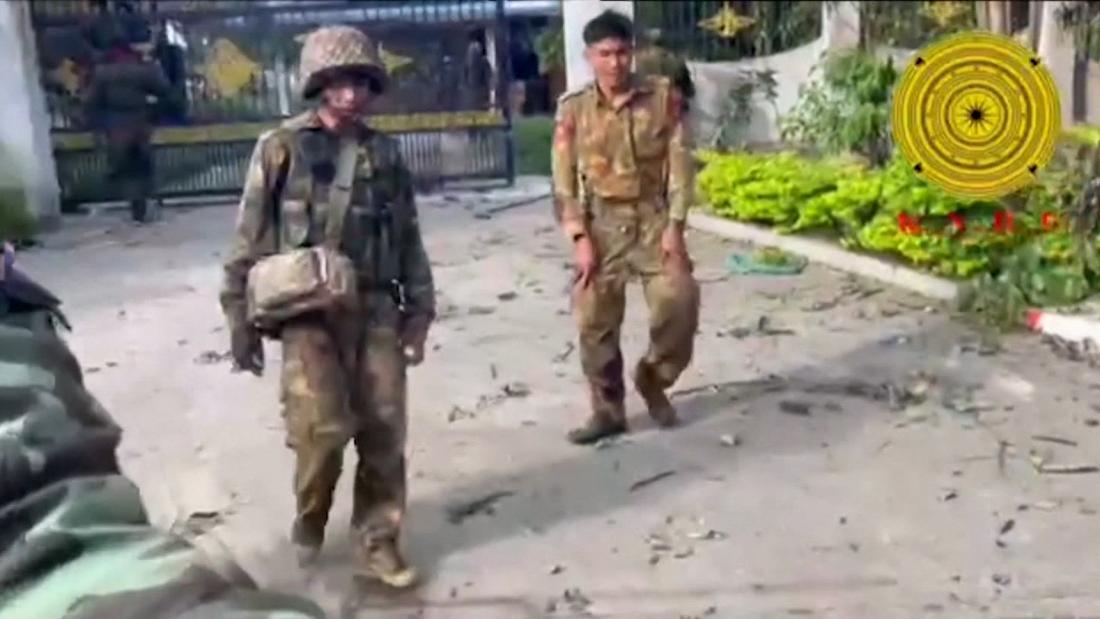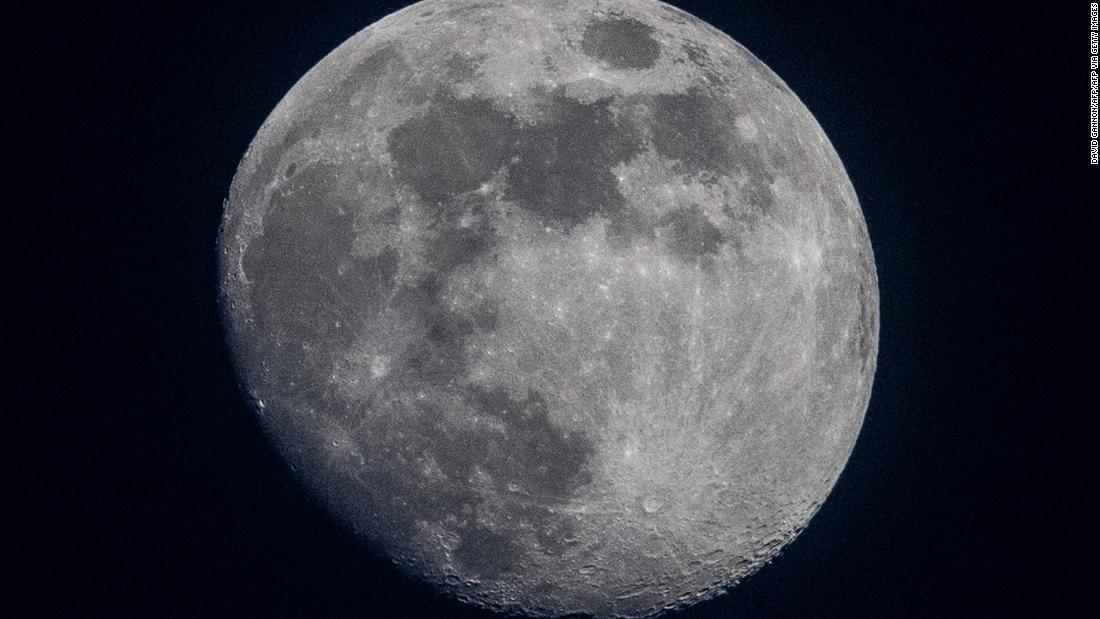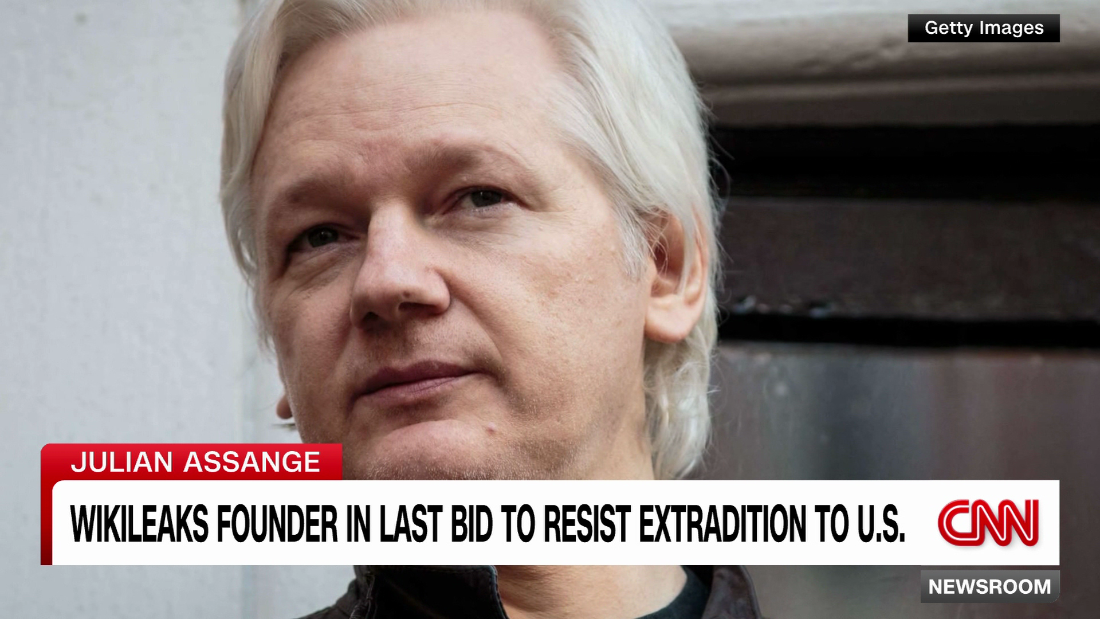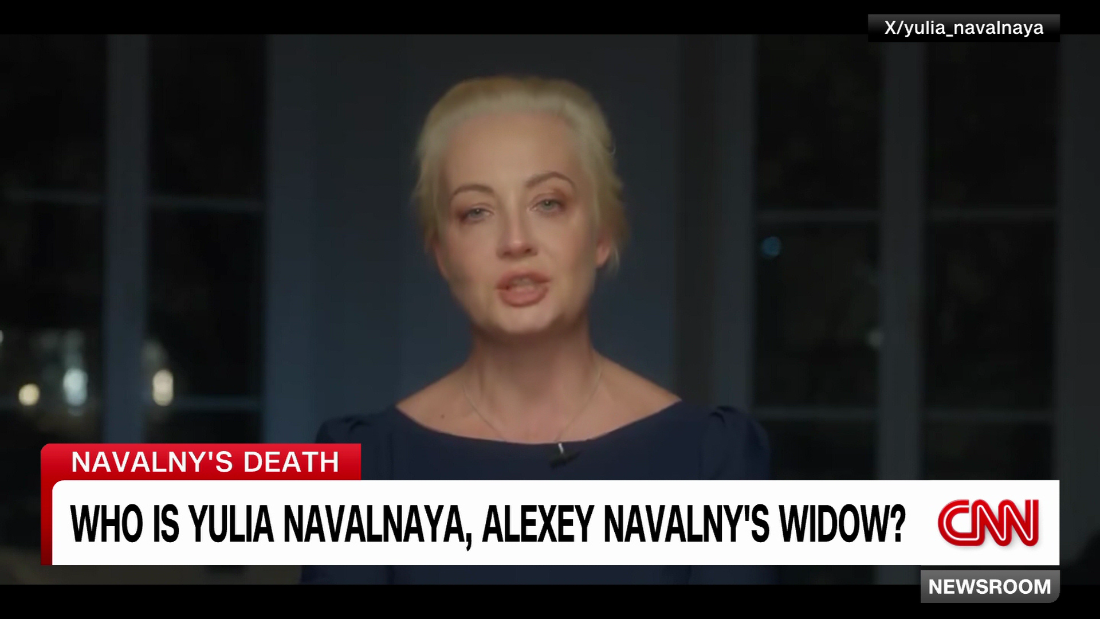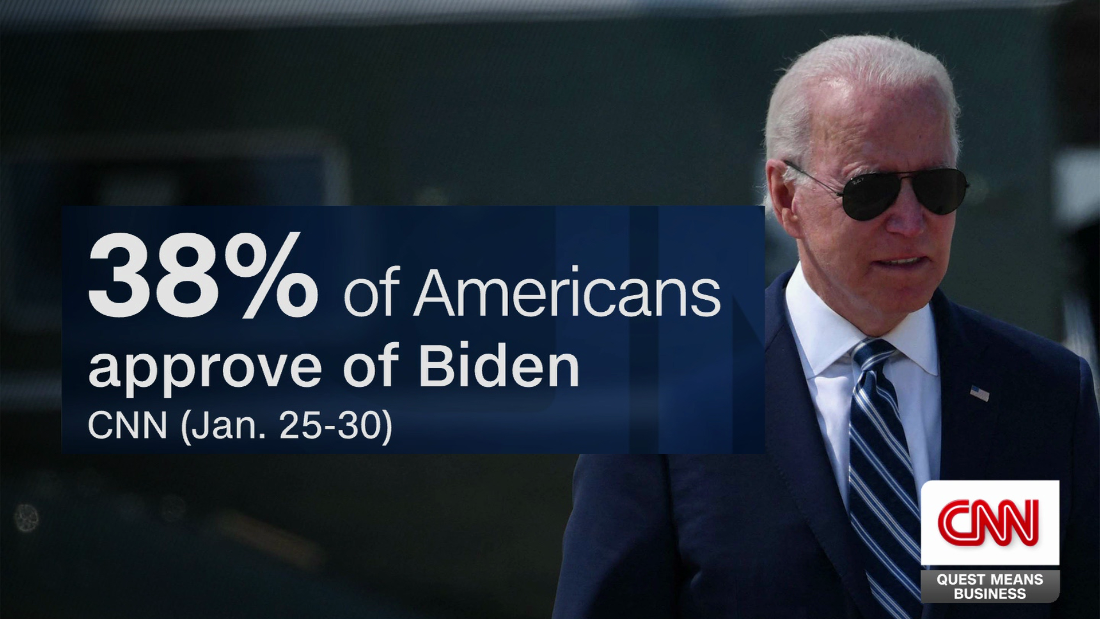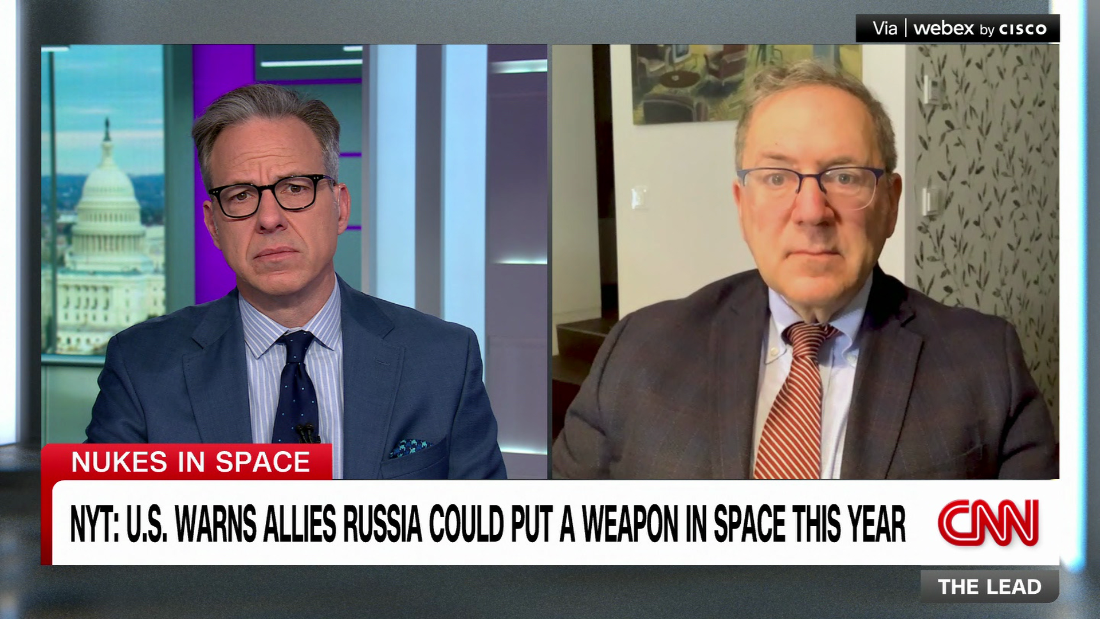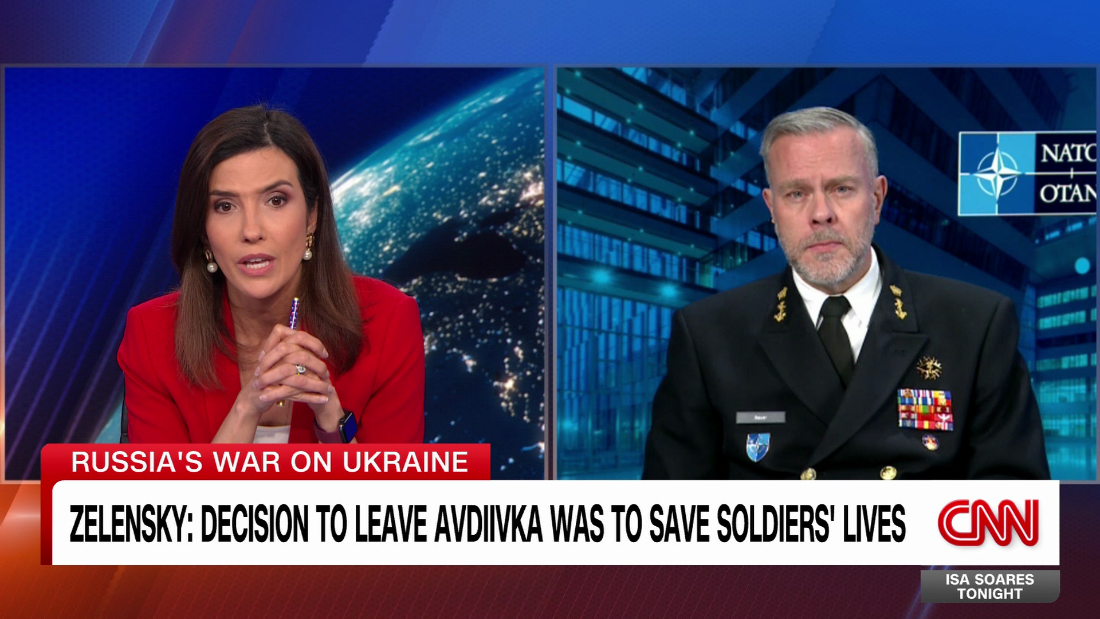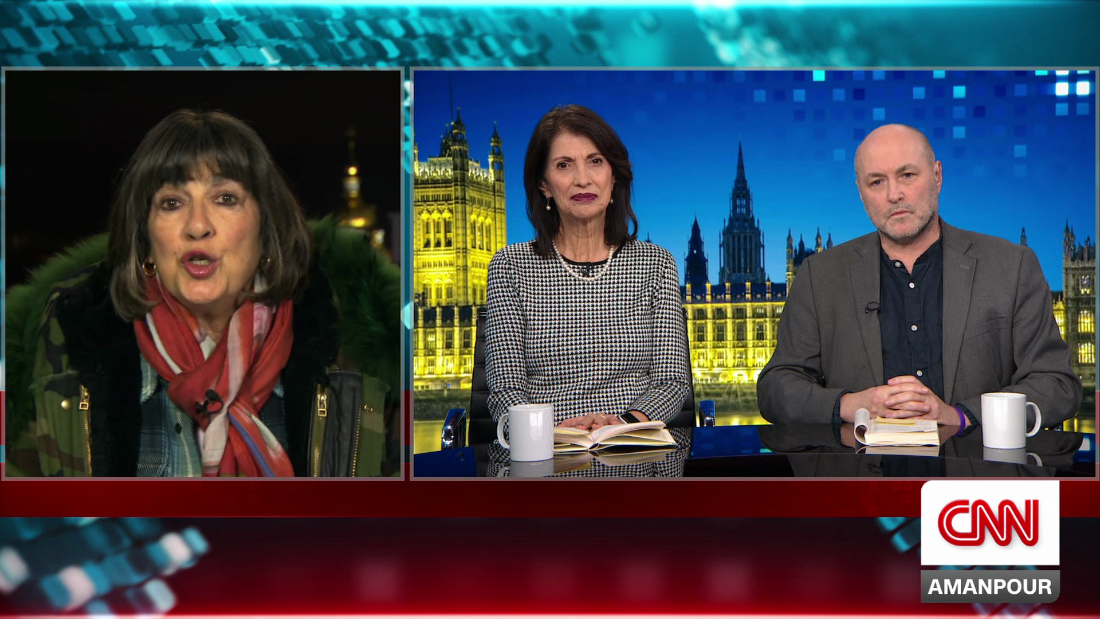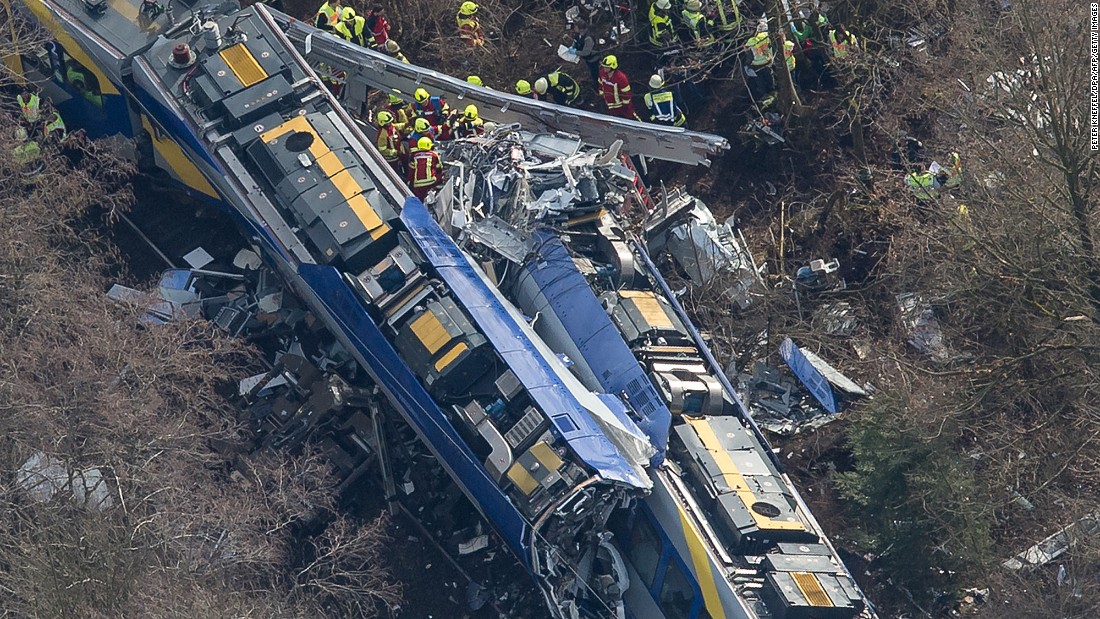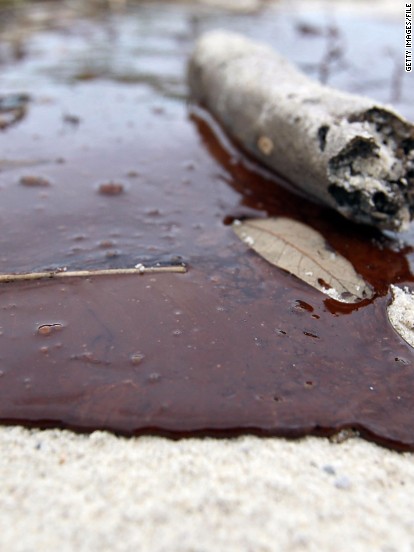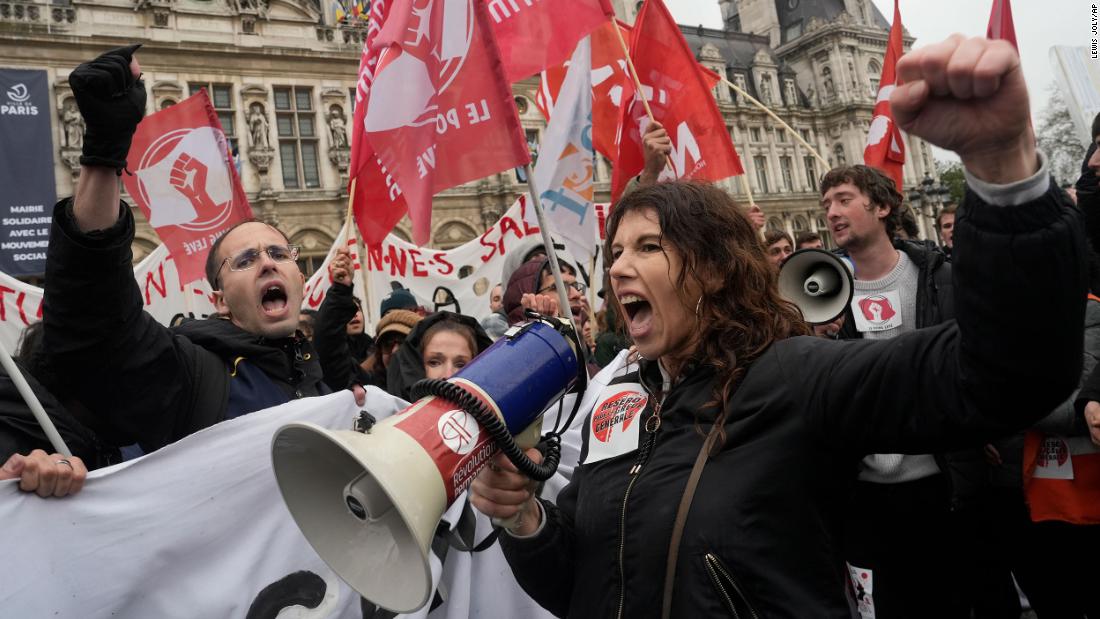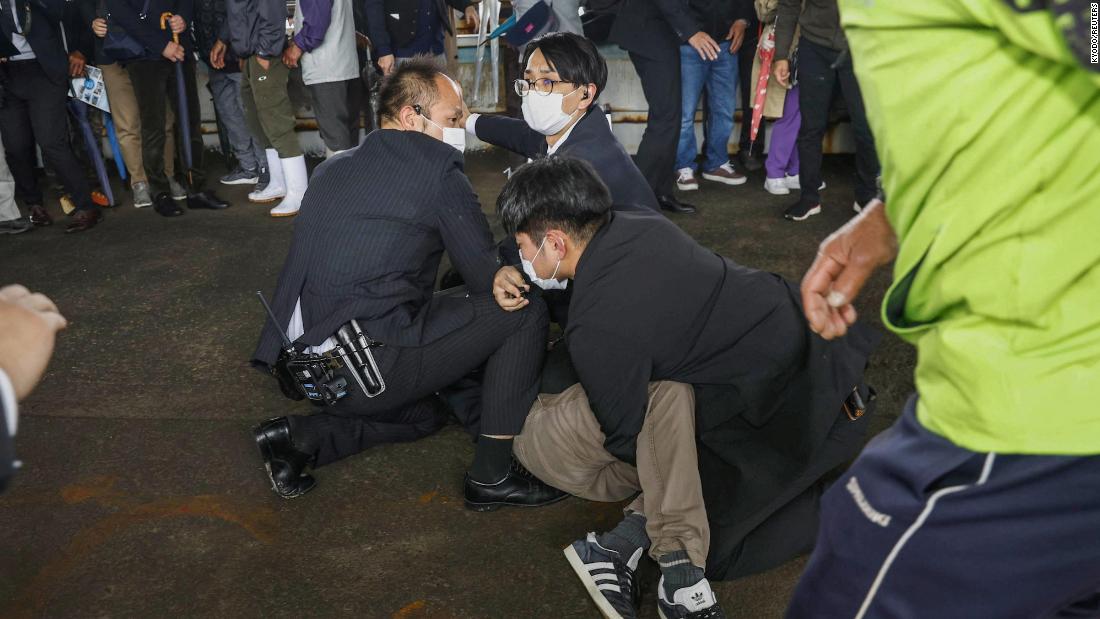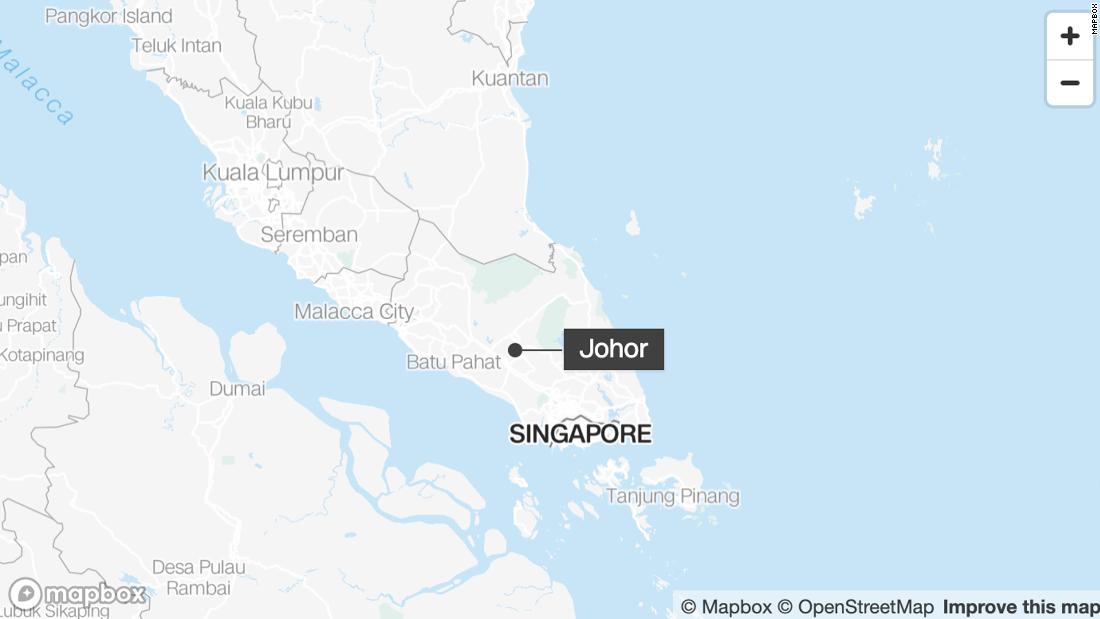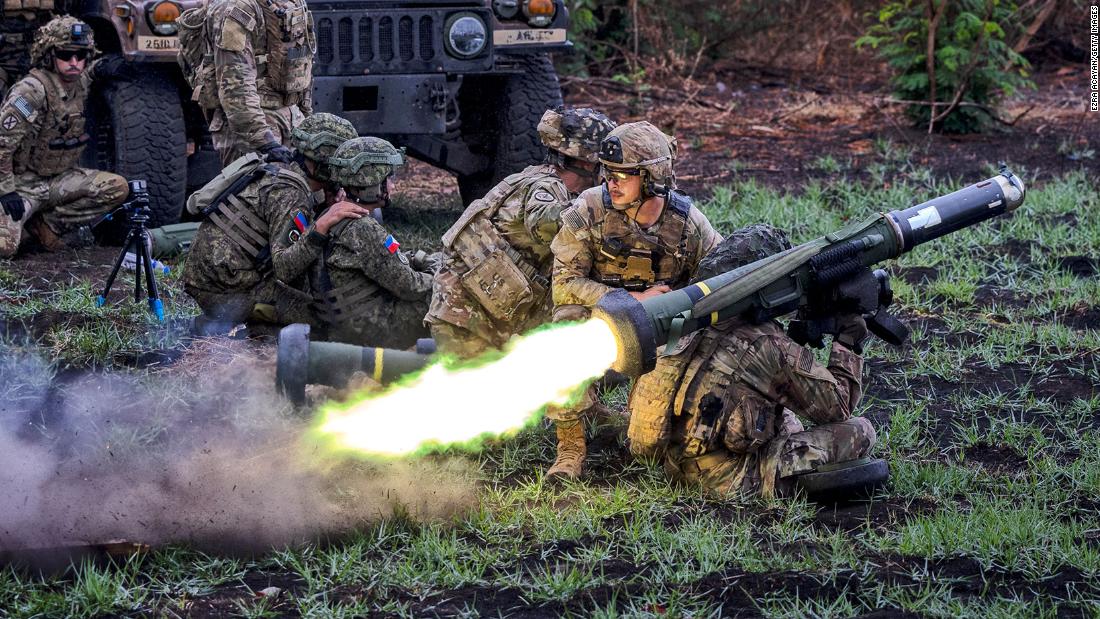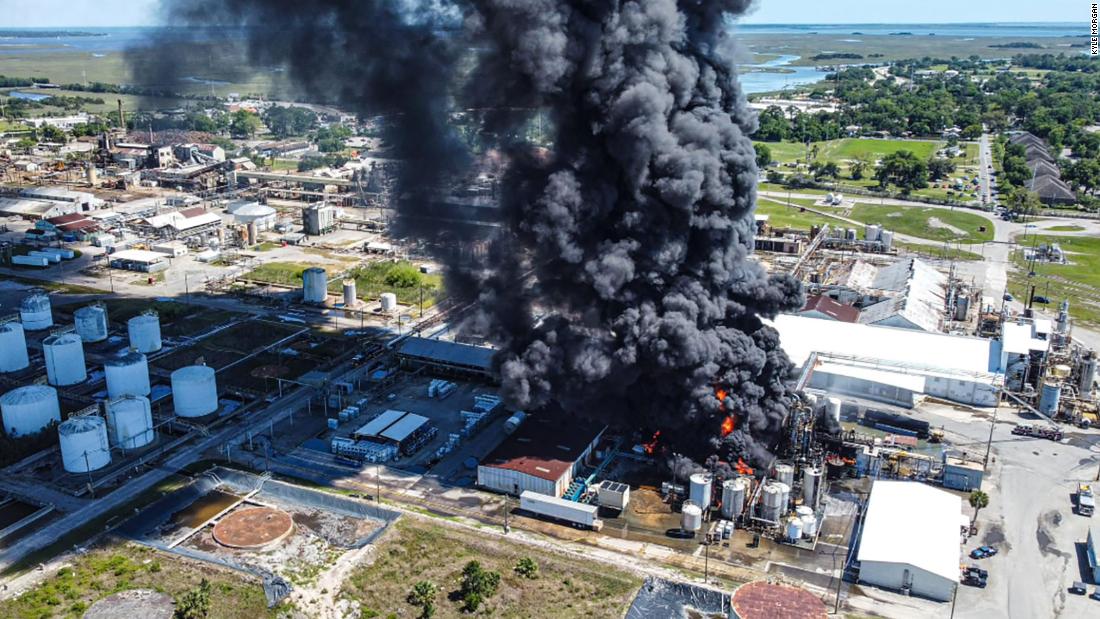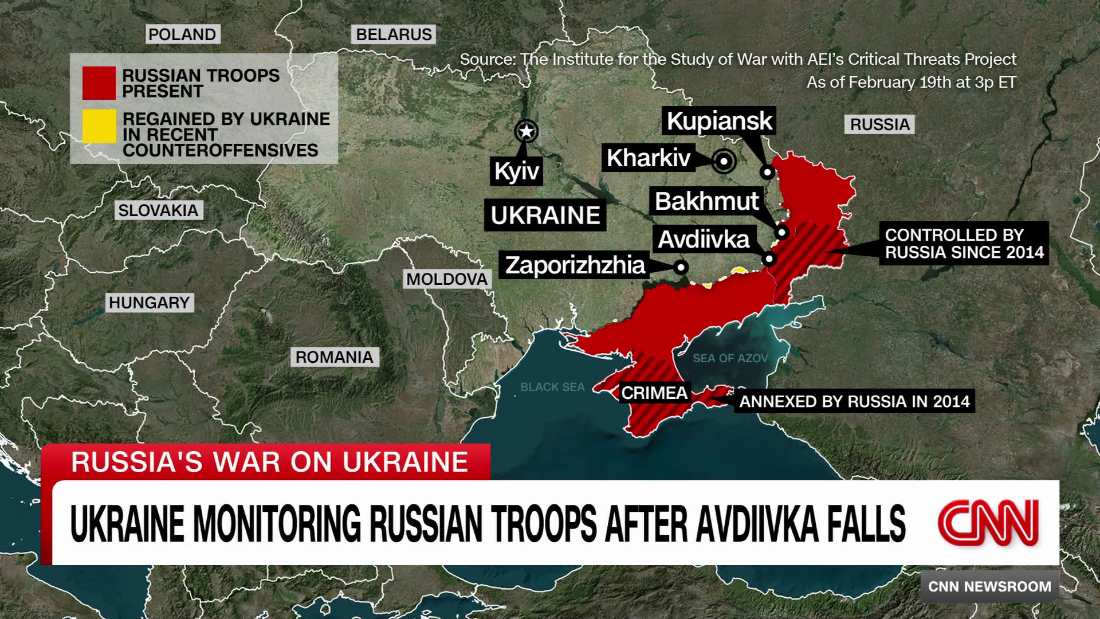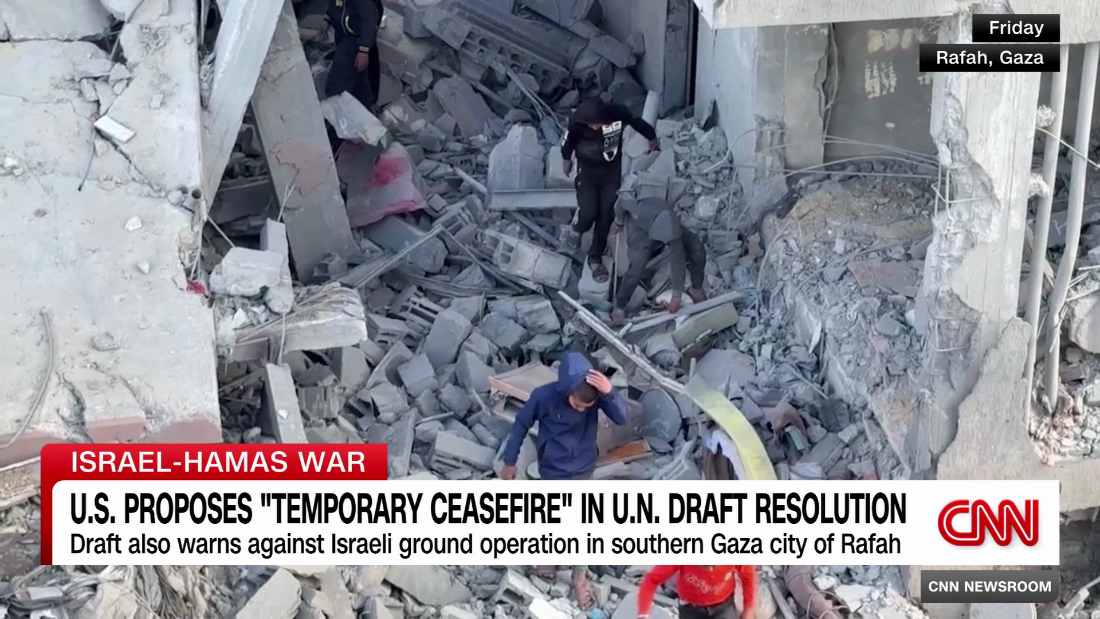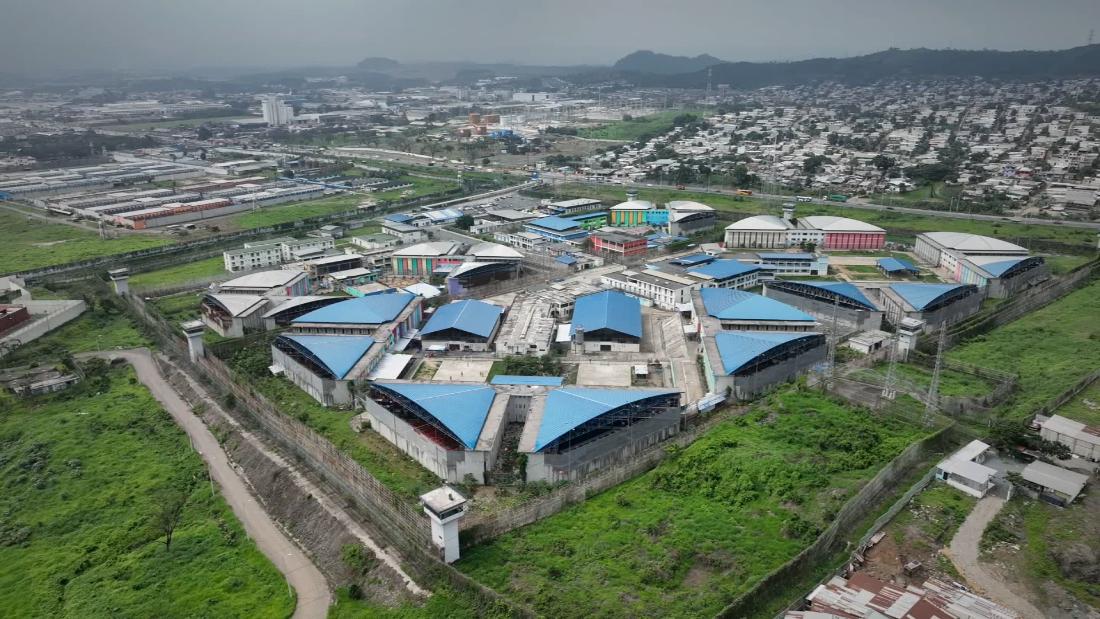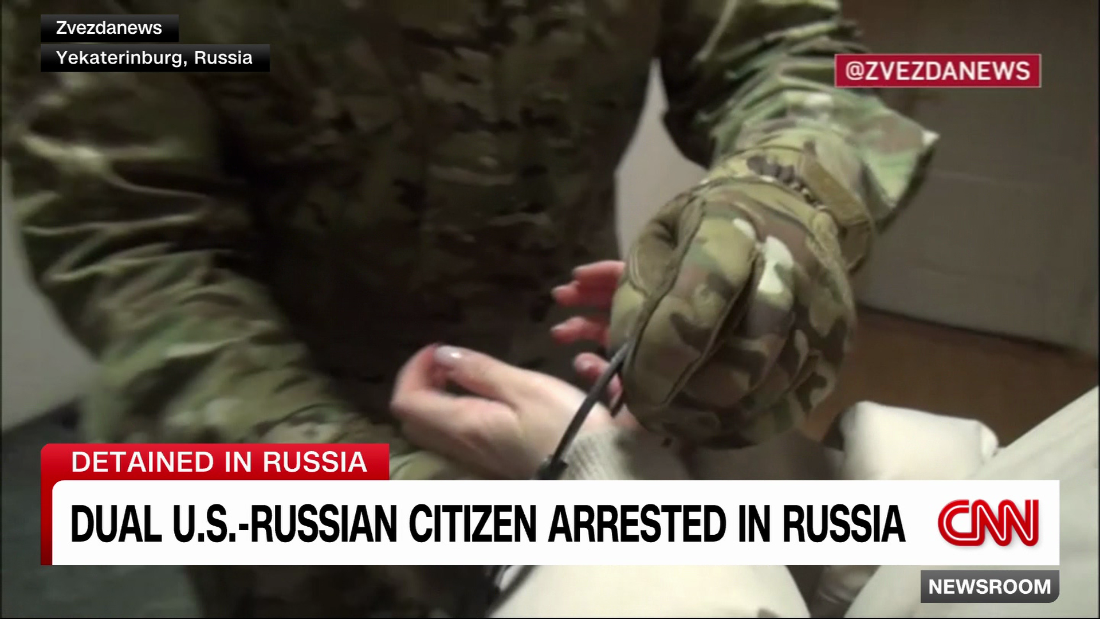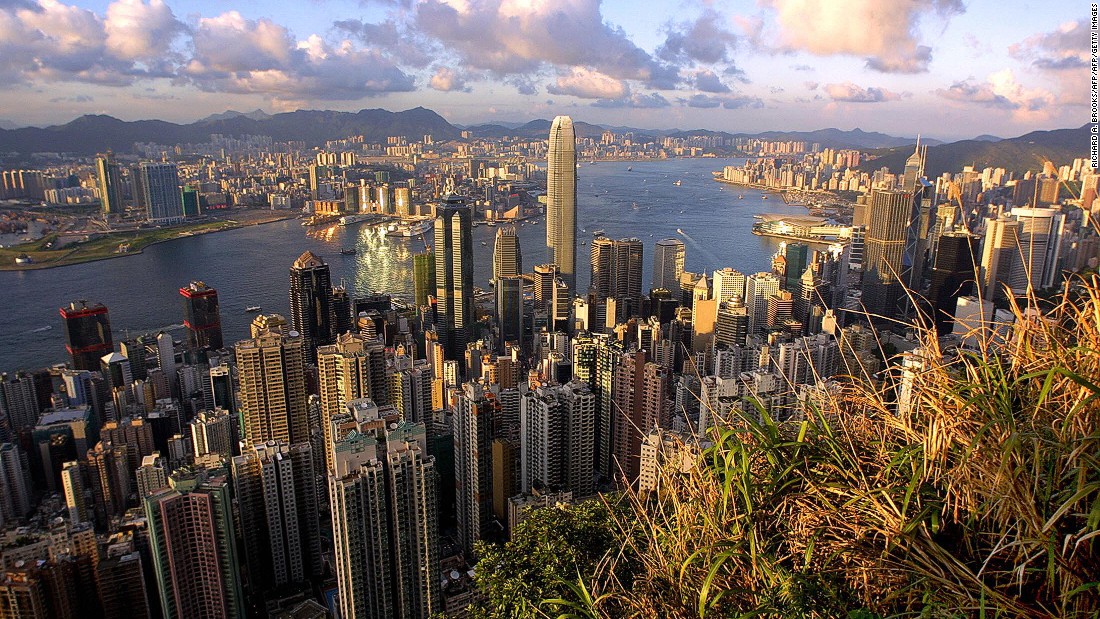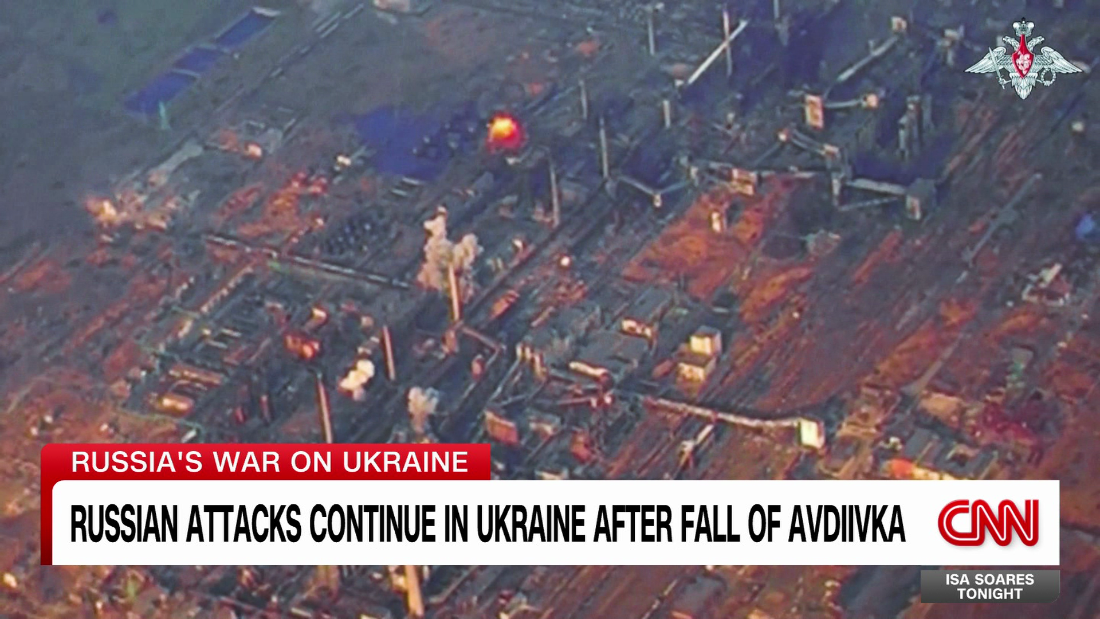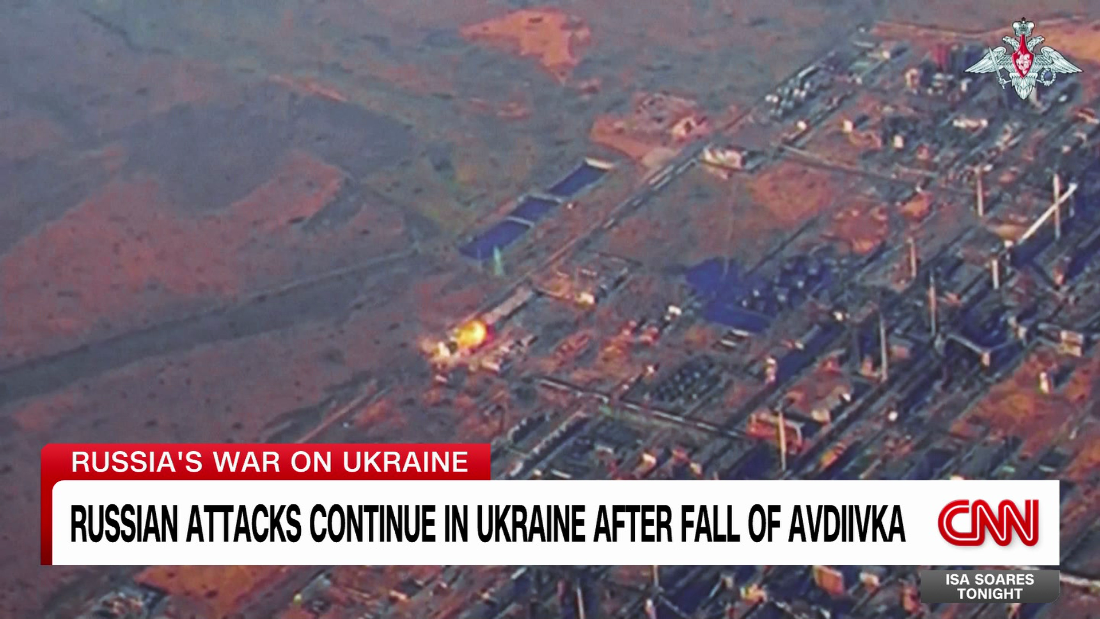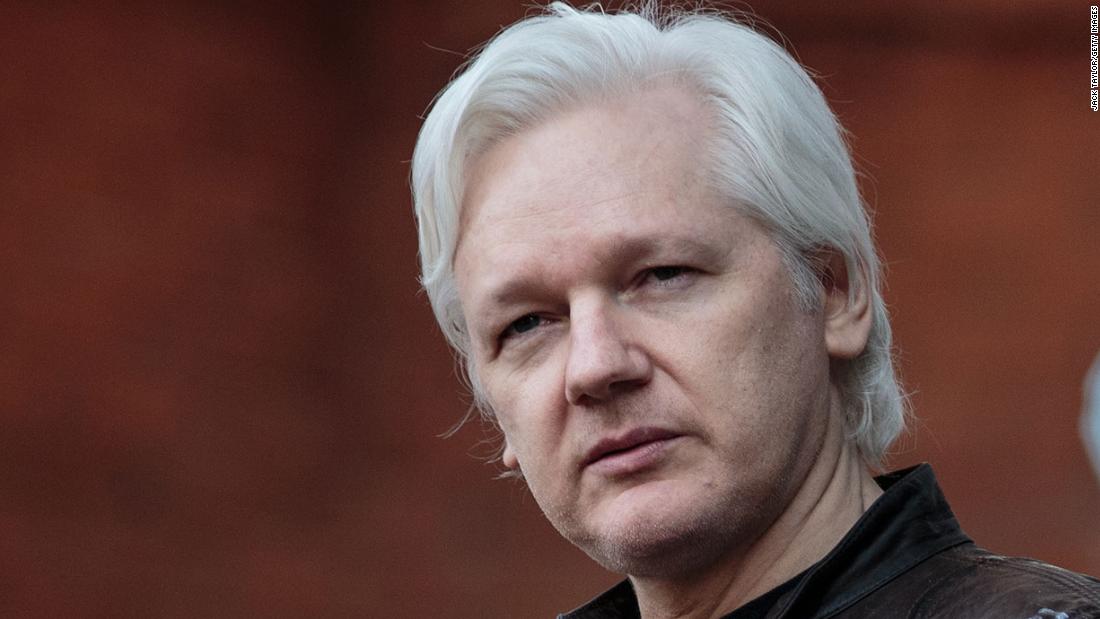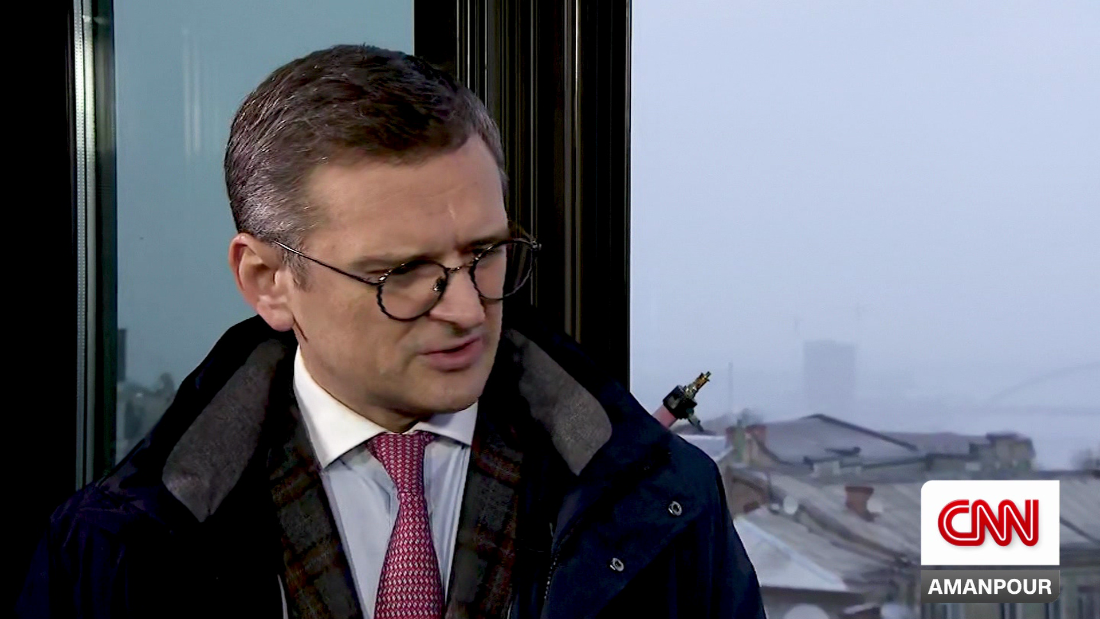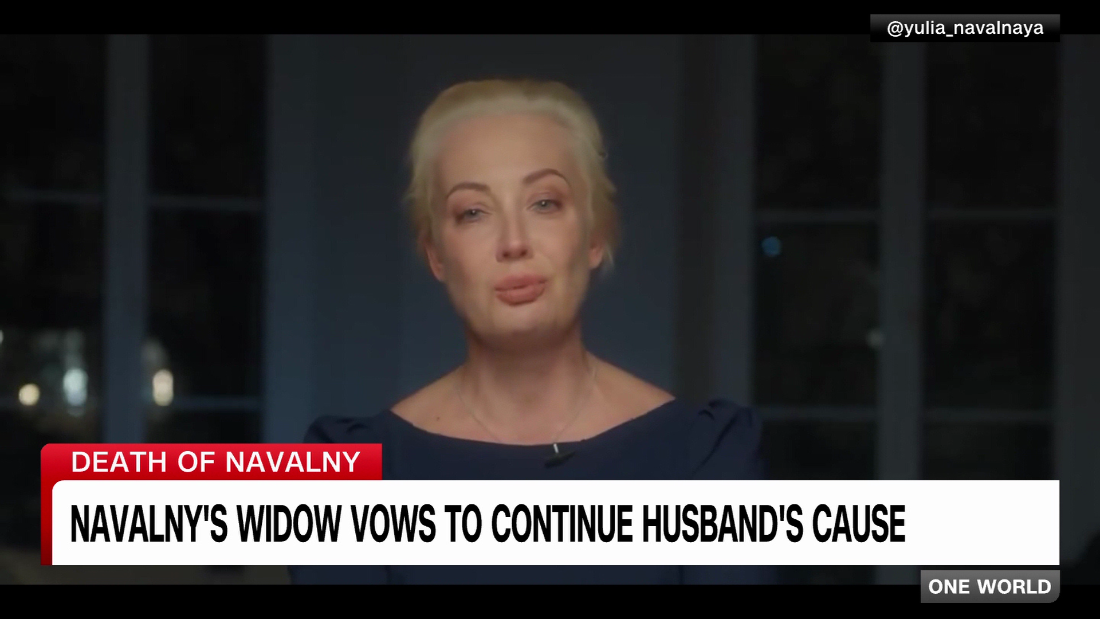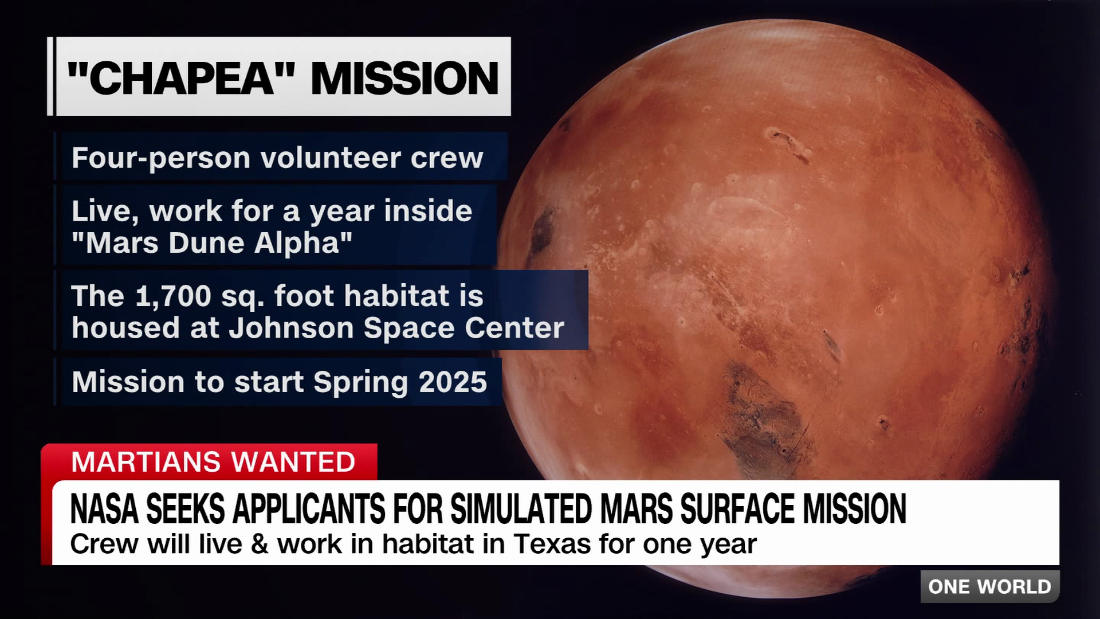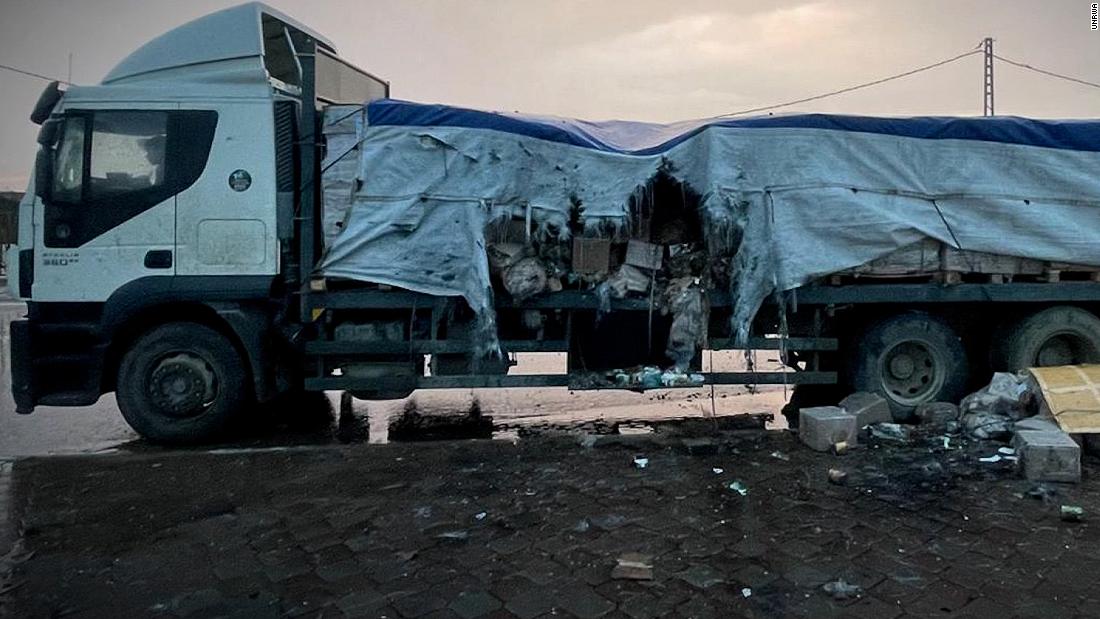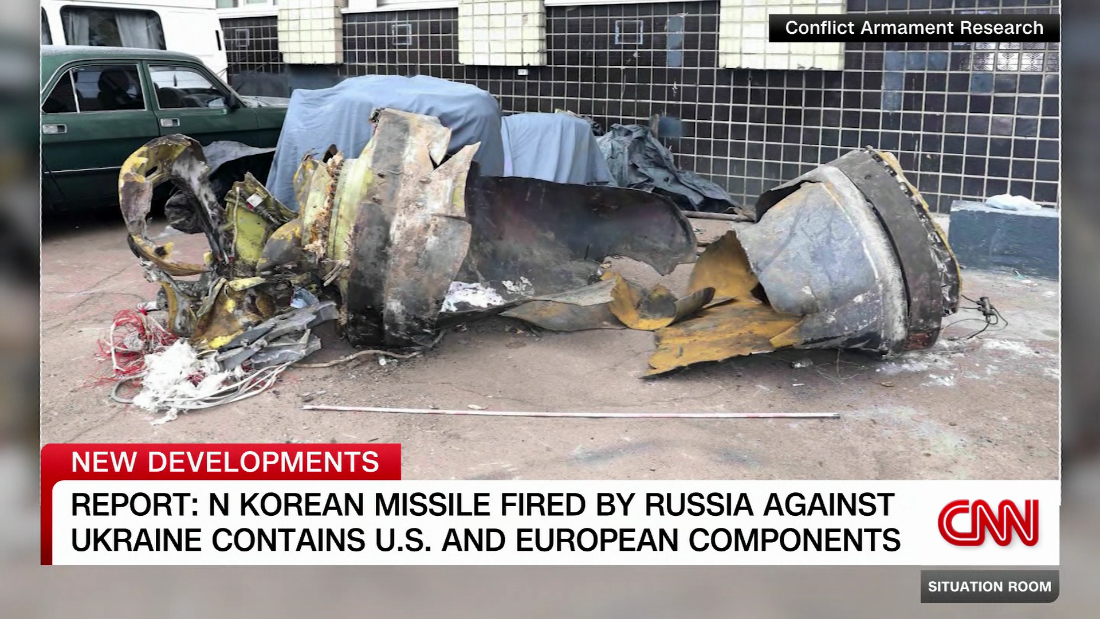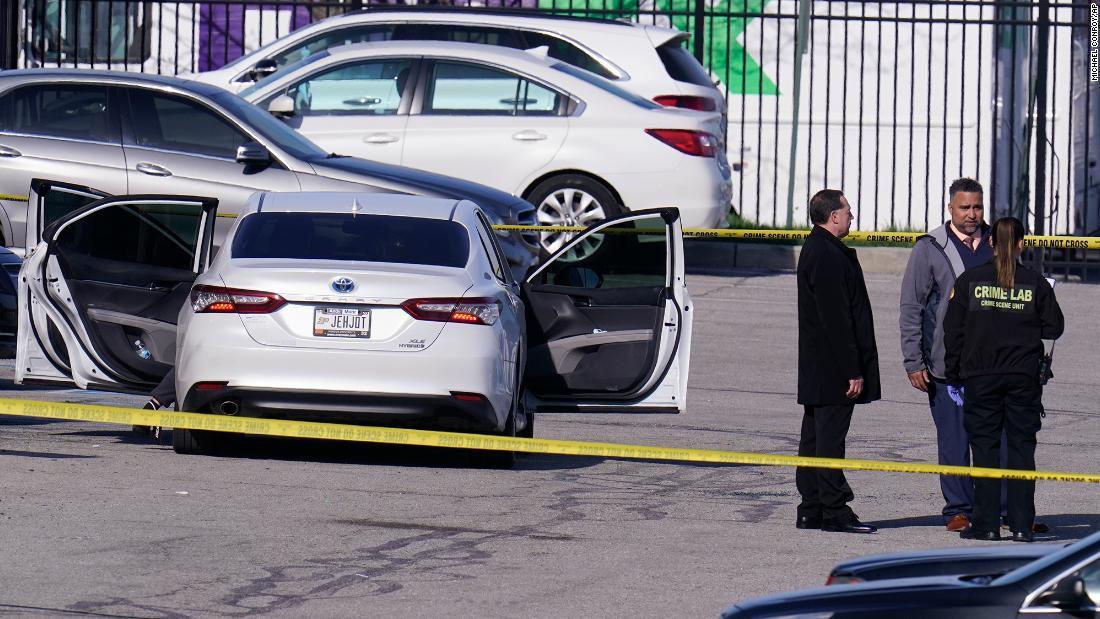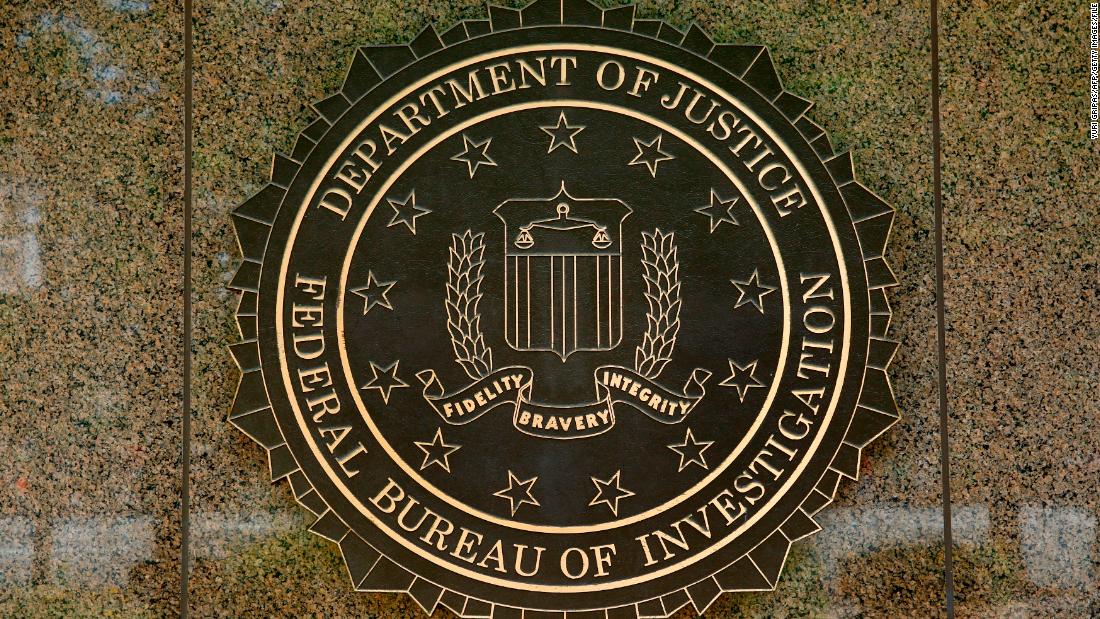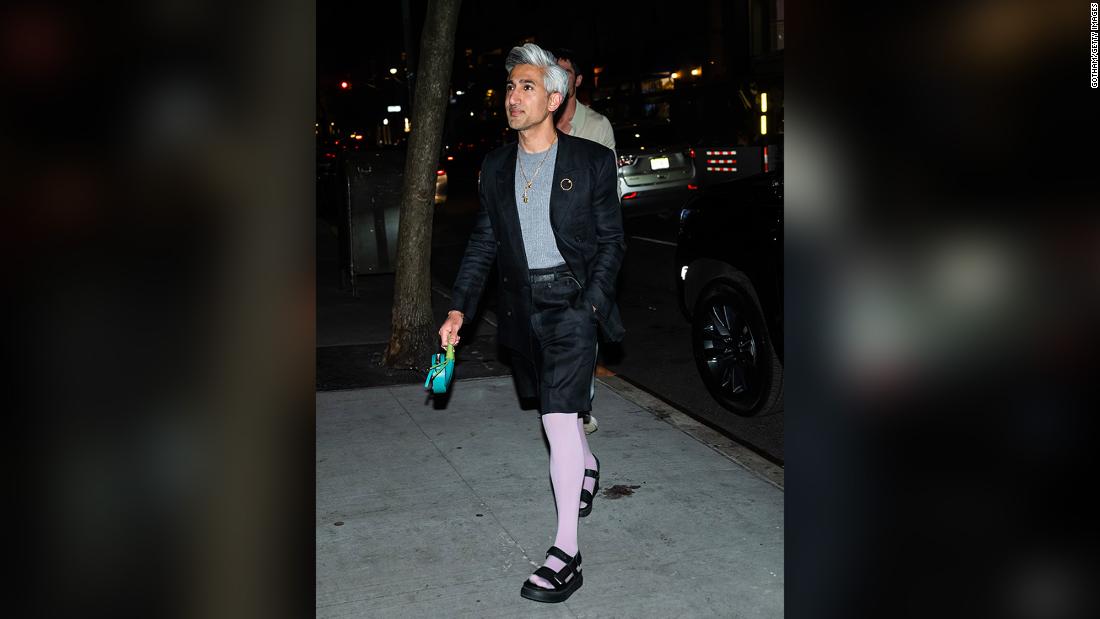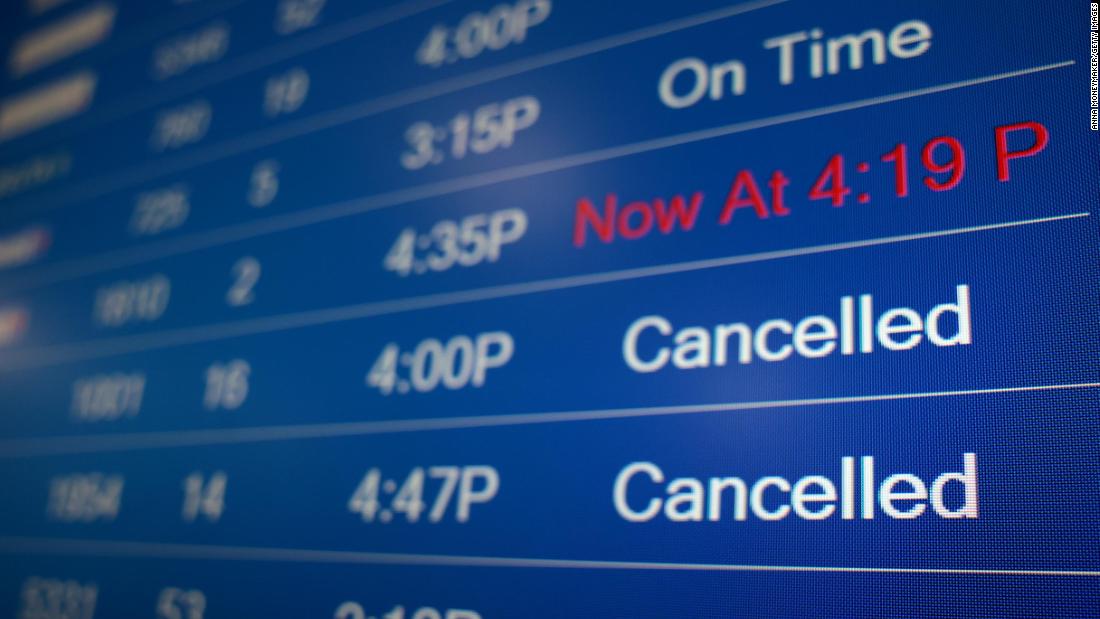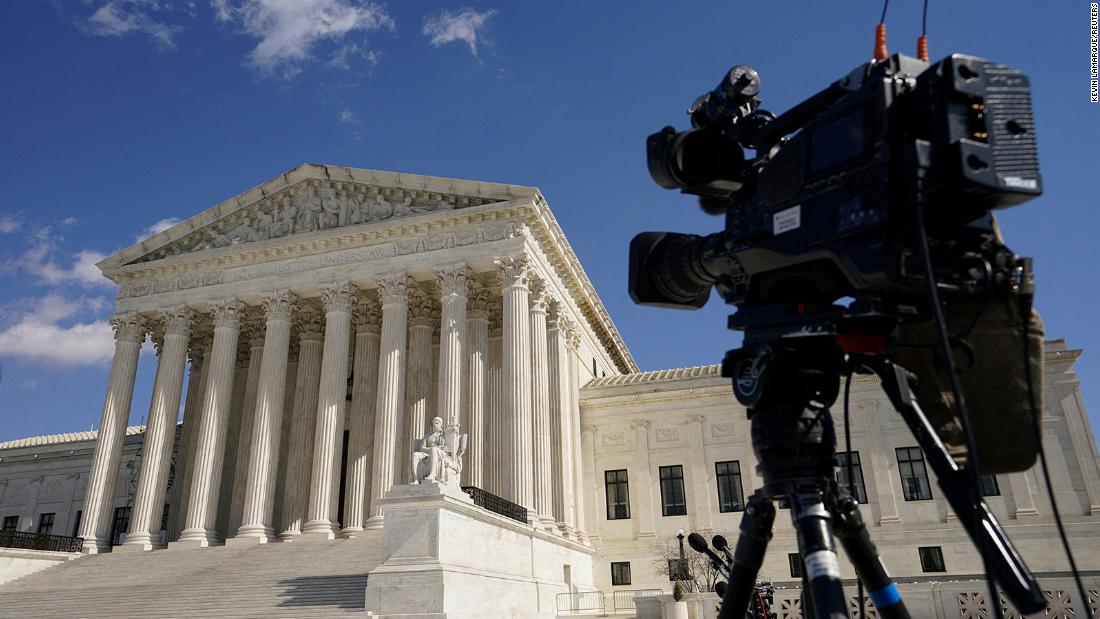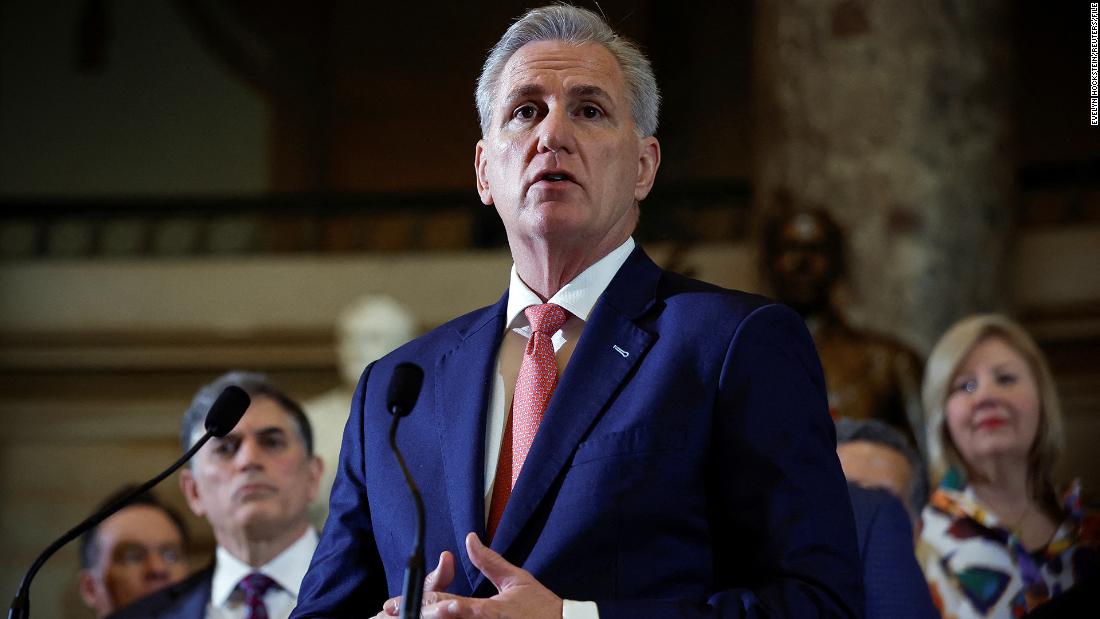THE ROYAL Navy’s biggest warship stands ready to pass through the Taiwan Strait in defiance of China’s threats to seize the island.
Aircraft carrier HMS Prince of Wales set sail from Portsmouth today to join an eight month deployment to the Indo-Pacific.
PAThe Royal Navy aircraft carrier, HMS Prince of Wales, sails from Portsmouth Naval Base[/caption]
SWNSHMS Prince of Wales as seen from HMS Queen Elizabeth as she prepares to deploy, 22 April 2025[/caption]
PACommodore James Blackmore onboard HMS Prince of Wales[/caption]
AFPSatellite image of three Chinese barges connected by bridges off the coast of Zhanjiang, China[/caption]
The UK Carrier Strike Group’s route through the region is not yet known.
But the Navy has not ruled out sailing through the Taiwan Strait as fears of a Chinese invasion grow.
This 110 mile-wide stretch of water separates the island nation of Taiwan from mainland China.
Taiwan has never been controlled by the Chinese Communist Party’s regime in Beijing.
But China’s President Xi Jinping has repeatedly threatened to annex the island – and has refused to rule out using force to achieve it.
Commodore James Blackmore, leader of the strike group, told The Telegraph: “One of the purposes of being in the region is to hold up international order.
“It’s demonstrating our commitment to that and reassuring our partners and allies.”
China stakes a claim to both Taiwan and much of the South China Sea, with Beijing asserting that the island nation is a breakaway province.
But these waters are considered to be “high seas” under international agreements, meaning vessels should be free to pass through.
A previous Carrier Strike Group deployment avoided the Taiwan Strait in 2021 to avoid provoking Beijing’s wrath.
While Taiwan is not a member state of the UN, it exists as a separate country from China with its own democracy, military and currency.
Commodore Blackmore added: “That choice of my routing will be taken by a much more senior government level.
“What I can reassure everybody is that I am ready to undertake whatever routing and mission I’m asked to do.”
China has ramped up military drills around Taiwan over the past few months in rehearsal of a potential invasion.
This has included exercises in March using what appeared to be landing barges for an amphibious assault.
The Taiwan Strait is one of the world’s busiest shipping lanes, so many analysts fear dire consequences for the world economy if China were to invade.
Several British government ministers have visited China since last year’s general election in a bid to warm relations with Beijing.
But many MPs have called for the government to take a tougher line on China due to national security fears and human rights concerns.
Chief of the Defence Staff Admiral Sir Tony Radakin visited China earlier this month to meet with the country’s central military commission.
Why does China want Taiwan?
Bringing Taiwan under Beijing’s control is one of Chinese President Xi Jinping’s top foreign policy priorities.
Following the communist victory in the Chinese civil war, nationalist leader Chiang Kai-shek fled to Taiwan, where he would rule for several decades.
But despite its official name of the Republic of China, Taiwan has never been part of the Beijing-based People’s Republic of China that controls the mainland.
The People’s Republic views Taiwan as a breakaway province that will one day be reunited with the mainland.
But most Taiwanese do not wish to be absorbed into China.
Taiwan has a distinct national identity, with its own democratic government and institutions.
Most UN member states do not formally recognise Taiwan as a country, in part due to intense pressure from Beijing.
Xi Jinping has refused to rule out the use of force to bring the island under China’s control.
More than 2,000 British military personnel will take part in the strike group deployment.
They will work alongside other countries including Norway, Canada and France.
“We are one of the few nations that can convene so many international partners, I think that in itself is a demonstration of stepping up,” Commodore Blackmore said.
“Of the 13 nations deploying with me, nine are NATO allies, the other four are NATO partners.
“I think that sends a very, very strong message about our capability and intent and that actually we are willing to take a lead where required as the leading European nation within NATO and our ability to stand not only alongside America, but also where required to step in for the US with the capability.”
The 65,000-tonne HMS Prince of Wales is one of the Navy’s largest vessels and can hold up to 1,600 military personnel.
The £3bn aircraft carrier was formally commissioned in December 2019.
SWNSHMS Prince of Wales as seen from HMS Queen Elizabeth as she prepares to deploy[/caption]
SWNSHMS Prince of Wales leaves Portsmouth today[/caption]
PACrowds wave off the Royal Navy aircraft carrier[/caption] Published: [#item_custom_pubDate]















